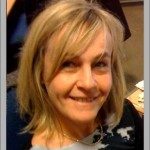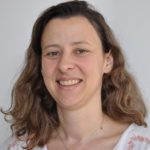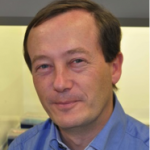Link to Pubmed [PMID] – 36504258
Link to DOI – 10.1007/s10875-022-01404-4
J Clin Immunol 2022 Dec; ():
Dominant negative (DN) mutations in signal transducer and activator of transcription 3 (STAT3) are known to cause hyper-IgE syndrome, a rare primary immunodeficiency. STAT3 DN patients are prone to develop fungal infections, including chronic mucocutaneous candidiasis due to impaired IL-17-mediated immunity, and pulmonary aspergillosis. Despite having preserved phagocyte functions, STAT3 DN patients present connective tissue abnormalities and a defect in the immunological skin barrier. Fusarium species are ubiquitous molds, whose potential to infect humans depends on the host’s innate and cellular immune status. Our aim was to describe four STAT3 DN patients with fusariosis confined to the skin. Medical records were reviewed and summarized. Four patients, aged 4, 11, 30, and 33 years, presented with chronic skin lesions which started in the extremities. Two patients had remote lesions, and none had systemic involvement. Skin biopsies showed mycelial threads with deep inflammatory-occasionally granulomatous-infiltrates, reaching the dermis; cultures grew Fusarium solani. Response to treatment was heterogeneous, often requiring multimodal therapies, including topical antifungal preparations. In this work, we describe primary invasive cutaneous fusariosis as a syndromic entity in four STAT3 DN patients.




